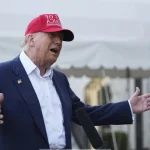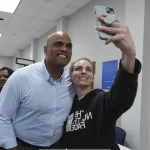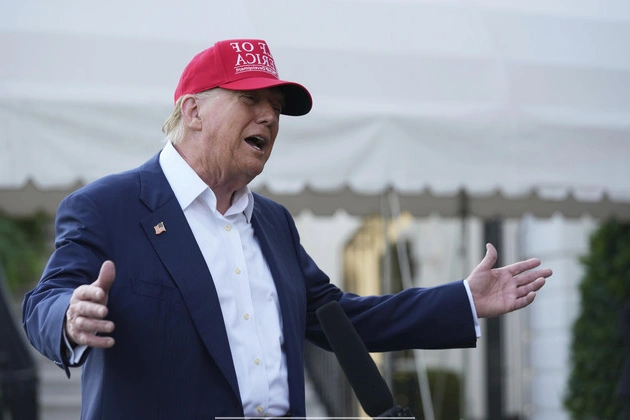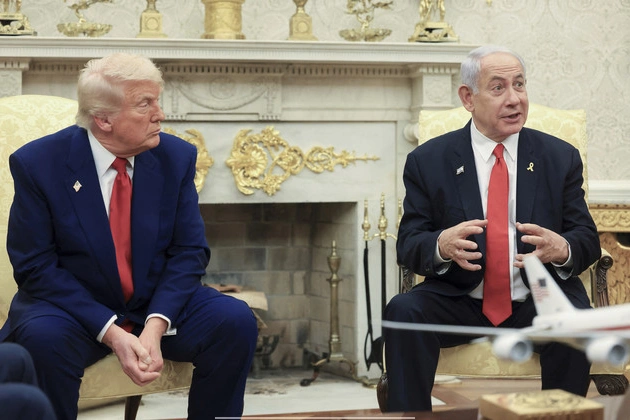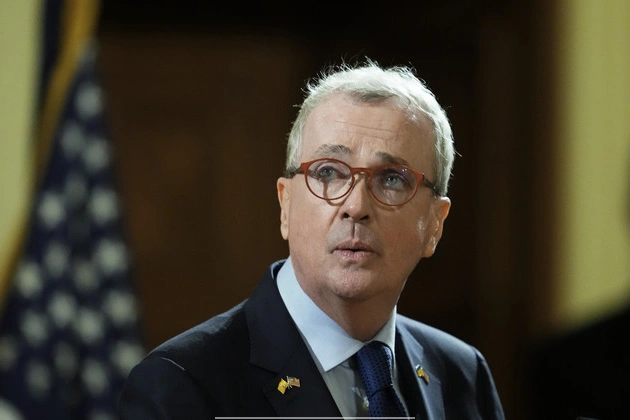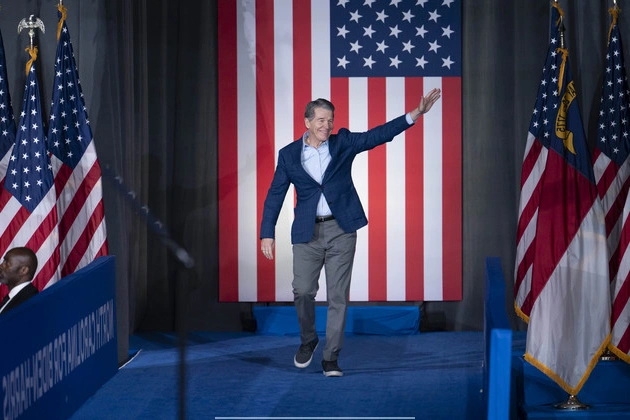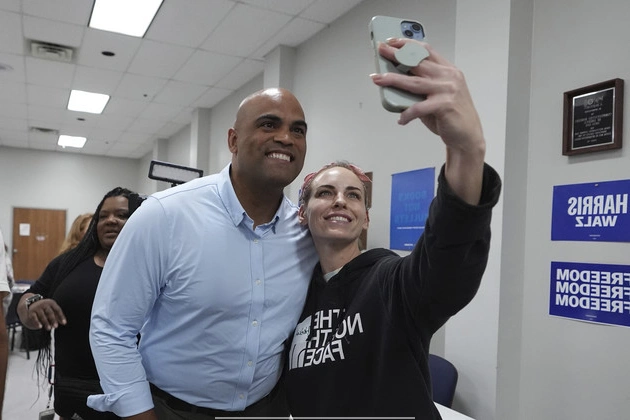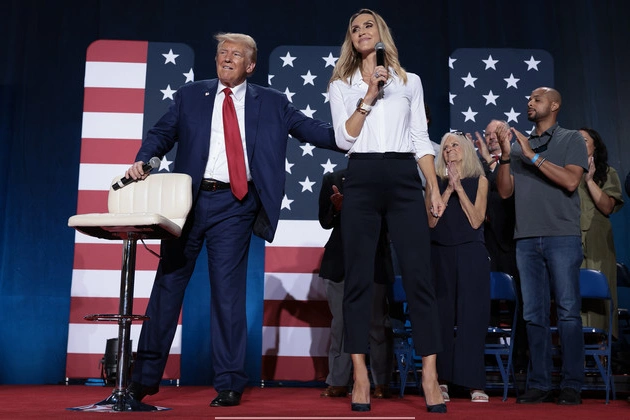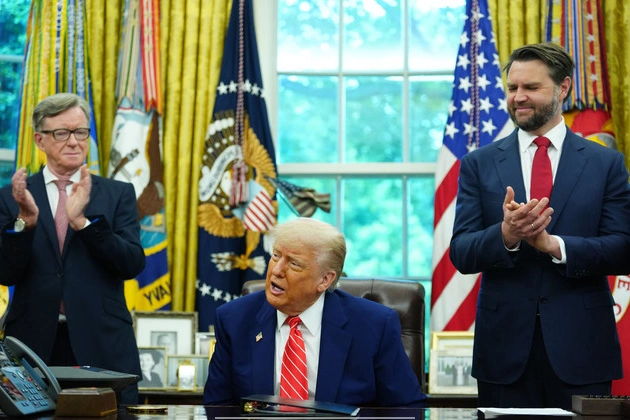
President Donald Trump promised he could cut more than 50 trade deals in just 90 days when he pressed pause on high tariff rates in early April. But as the administration closes in on the halfway point for talks, it has little to show for it.
After reaching a preliminary trade agreement with the United Kingdom earlier this month to lower some tariffs on both sides, the White House continues to tout progress in its negotiations with more than a dozen other major trading partners.
Rising Disagreements in Trade Talks
According to conversations with ten foreign officials, U.S. business leaders, and others familiar with the talks, disagreements are mounting in many of those talks, and foreign governments are digging in, even those eager to cut deals, like some in Asia — a reminder of just how slow and complex traditional trade negotiations can be. Trump and other top officials have recently begun acknowledging that reality out loud, suggesting they will have to set new tariff rates on many countries when they hit the July 9 date for their so-called reciprocal tariffs to kick back in.
“We have… 150 countries that want to make a deal,” Trump said during a trip to the United Arab Emirates last week. “But you’re not able to see that many countries.”
They’ve been vague, however, about what may happen if deals are not reached. Trump has promised that he would send out new tariff numbers, but Treasury Secretary Scott Bessent suggested over the weekend that the White House could establish regional tariff rates, or snap back to the higher April 2 rates for countries that are not negotiating “in good faith.” The lack of a clear path forward is likely to prolong the economic uncertainty spurred by the administration’s on-again, off-again tariff policy, which has bogged down consumer sentiment, business investments, and economic growth.
Challenges with Asian Countries
“The wind has come out of the sails a bit on a lot of the trade deal push,” said Scott Lincicome, the vice president of economics at the free-market Cato Institute. “I don’t think anyone expected 90 deals in 90 days. But I do think we did expect a little more in terms of quick deals to keep things moving.”
The White House did not respond to a request for comment. But National Economic Council Director Kevin Hassett said on Fox Business Network Wednesday morning that he is “highly confident that you’ll see a handful of new deals over the next two weeks.”
Among the countries most likely to reach agreements with the Trump administration are Vietnam and India, two of the Asian countries U.S. officials have focused their attention on since pausing tariff rates of between 20 and 50 percent on many of the U.S.’ largest trading partners, part of a bid to isolate China.
Both Vietnam and India are looking at soaring tariffs if the so-called reciprocal tariff rates go into effect, due to their high trade surpluses with the U.S. But despite the political will in both Hanoi and New Delhi, deals have not materialized as quickly as the White House had initially hyped.
Early talks with the Indian government prompted the administration to declare last month that a general agreement with New Delhi was imminent — a prediction that hasn’t aged well.
Washington and New Delhi are engaged in “hard negotiations” that could make any deal elusive until at least sometime in June, said a person familiar with the discussions, granted anonymity because of their sensitivity. An initial deal “is expected in weeks — definitely more than just two to three,” the person added, but it is likely to be more of a framework for future negotiations.
Vietnam, meanwhile, is facing a 46 percent tariff if it does not reach an agreement with the Trump administration by early July, which would crush exports to the U.S. that contribute 30 percent of annual gross domestic product. But a long-term agreement covering all aspects of U.S.-Vietnam trade may prove elusive.
“The terms of the agreement that the U.S. has proposed are truly terrible,” said a person familiar with the talks, granted anonymity because they weren’t authorized to speak on-record about those negotiations.
Vietnam dispatched a trade delegation to Washington this week aiming to seal a “preliminary agreement” with U.S. Trade Representative Jamieson Greer’s office, the person said.
The U.S. and Vietnam likely won’t finalize a deal this week, but may well reach an agreement before the July 8 deadline, according to a U.S. industry analyst who has been following the talks.
Challenges with Japan and South Korea
Meetings with other Asian countries are proving more difficult. A delegation of Japanese officials is arriving in Washington Friday for a third round of talks. But Tokyo continues to demand that Trump remove all tariffs imposed on the country as part of any deal, including a baseline 10 percent tariff the U.S. has set for imports worldwide. The Trump administration’s agreement with the U.K. kept that 10 percent tariff in place, and top economic officials like Bessent and Commerce Secretary Howard Lutnick have maintained the duty is non-negotiable.
Japan’s domestic politics may be driving some of their negotiators’ hard line: The upper chamber of the Diet, the Japanese parliament, holds elections in July and the ruling party under Prime Minister Shigeru Ishiba is polling badly, raising the pressure not to look weak in talks with the U.S., said a person familiar with the situation granted anonymity due to the sensitivity of those discussions.
Talks with another key Asian ally, South Korea, are also being hampered by politics back home. The country is currently under a placeholder government after former South Korean President Yoon Suk Yeol was removed from office earlier this year. Presidential elections are being held on June 3, pushing any deal making until later that month.
The U.S. and South Korean officials met for a second round of “working level” talks this week, per the Korea Herald, to try to pave the way to a ministerial level meeting next month, according to a person familiar with the situation granted anonymity because of its sensitivity. “There won’t be an agreement, it’ll be more of a confirmation of what each side wants,” the person said.
Challenges with Other Countries
“I think the immediate market blowback and then the rapid scramble by the administration to minimize the damage from all of that, I think that showed the folks in Asia that time is on their side,” Lincicome said.
Patrick Childress, a former USTR assistant general counsel, agreed that the deadline pressure flows both ways, given the threat the tariffs have posed to a U.S. economy already reeling from higher tariffs on China and products like cars, steel, and aluminum. “It will be interesting to watch whether the level of detail in the announced agreements changes over time,” Childress said. “It could be the case that we see less and less detail in these agreements as that 90-day clock starts to tick down and there’s political pressure to sign more and more of these agreements.”
Other countries are still waiting for the Trump administration to engage. Thailand submitted a term sheet to the U.S. earlier this month, including an offer to cut tariffs on agricultural goods, but geopolitical tensions between the two countries have made the U.S. reluctant to engage.
And the Trump administration’s talks with America’s largest trading partners — Canada, Mexico, China, and the European Union, which account for more than half of the U.S. goods trade — are still in their infancy.
Despite an agreement with China to de-escalate tariffs last week, tensions between the two countries once again spiked after the Department of Commerce issued guidance suggesting some silicon chips made by Huawei, a Chinese telecommunications company, may violate export controls.
Chinese Foreign Ministry Spokesperson Lin Jian told reporters at a press conference Friday that “China will take firm measures to defend its right to development and Chinese businesses’ legitimate rights and interests.”
The two countries agreed to set up a mechanism to continue trade talks, but future discussions between top officials have not yet been announced. In the meantime, the U.S. is maintaining a 30 percent tariff on goods from China, which the U.S. business community has warned will continue to drive up prices.
Canada and Mexico, the United States’ two largest trading partners, were exempted from Trump’s so-called reciprocal tariffs, as they were already facing 25 percent tariffs over issues related to the border (though those duties have largely been paused). Neither country expects to restart trade discussions until after the Trump administration finishes negotiating down its global tariffs, and they are likely to bleed into a 2026 review of the U.S.-Mexico-Canada Agreement, the trade deal Trump negotiated in his first term.
The European Union has also been on Trump’s backburner, despite facing a 20 percent tariff under the reciprocal duties.
While there has been some movement between the two countries — the EU shared a document with terms for negotiation this week — neither side is particularly happy about how the talks are playing out.
Lutnick panned the negotiations in remarks at an Axios Building the Future event in Washington on Wednesday. “There are some countries that are impossible, like the European Union. It’s just very difficult,” Lutnick said.
Earlier this month, the EU approved a plan to issue retaliatory tariffs on about $100 billion worth of goods if the trade talks between the two countries go south.
One European Union official said the fact that the U.K.’s deal didn’t address key sticking points while keeping Trump’s 10 percent tariff hike in place has raised doubts among other countries of the value of the talks.
